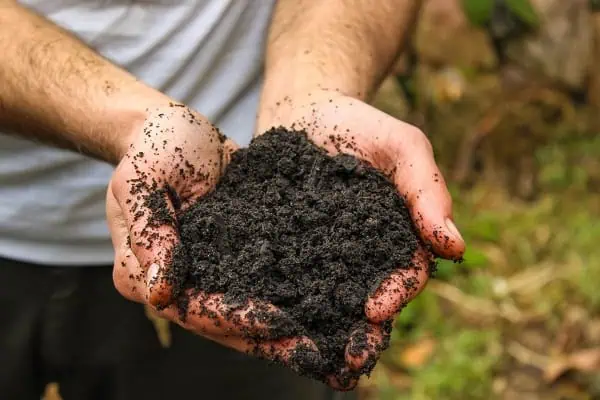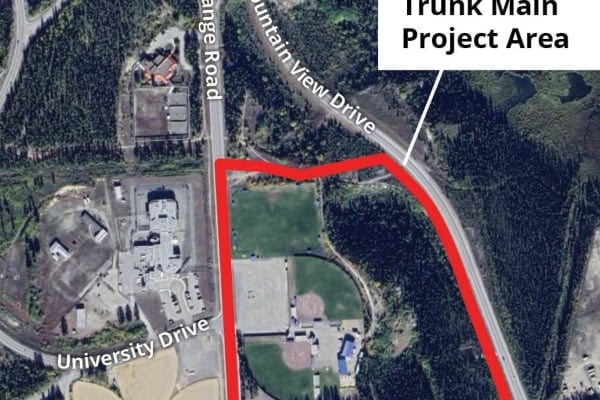Why do the Irish drink stouts?
Why did the pilsner style develop in the Czech region?
The type of water flowing through a region was a big contributor to the type of beer that evolved in the area.
Beer is generally somewhere between 90-95 percent water. In terms of sheer volume, water is going to make a contribution to the final flavour.
If you brew with unfiltered well water, your beer could end up tasting like iron. If you don’t carbon-filter your tap water to remove the chlorine before you brew, your beer can have weird chlorophenol off-flavours.
If your tap water tastes bad to begin with, don’t expect your homebrew to taste any better.
In Whitehorse, our water is alkaline because we have high bicarbonates in our water due to the limestone in the area (think Grey Mountain).
Limestone is calcium carbonate, the same stuff chalkboard chalk is made of… if you can remember the days of chalkboards.
If a traditional brewing style had evolved here in Whitehorse, it would have been a dark beer such as a stout or a brown ale.
The dark malts in these beers act like acids to bring the acidity down to the right level in the mash (mix of water and malted barley), allowing the enzymes to go to work converting starches to sugars.
Of course, these days there are many techniques for tweaking the water chemistry to brew any kind of beer you like, but historical brewers weren’t quite as techy as today’s.
Modern brewers will sometimes add different minerals to their water in order to emulate historic styles. If you want to brew Bass ale, for example, you gotta reproduce the water.
The Bass brewery was founded in 1777 in Burton-on-Trent (a town northwest of London) and Bass ale itself has the oldest trademark in the United Kingdom.
The label has the recognizable red triangle on its label immortalized in the Manet painting, “Un bar aux folies Bergere”.
The painting depicts a pensive barmaid standing with arms spread out, holding the edge of the bar. Bass beer bottles stand prominently among other bottles of alcohol.
The brewing water traditionally used at the Bass brewery is high in sulphates from the gypsum in the area’s rocks. There are several old gypsum mines around Burton, so it’s not surprising that the water is full of the stuff.
And yes, it is the same stuff that is in your drywall, hence the name gyproc.
The mineral gypsum is essentially calcium and sulfur. The sulfur makes the beer taste drier and accentuates hop bitterness. It gives the beer a distinctive “minerally” taste.
Pilsen, or Plzen, a city in the western Bohemia region of the Czech Republic, is the originator of pilsner beer.
Pilsner is a type of light-coloured lager beer that was first brewed in the mid 19th century using pale malt, local saaz hops and the very soft water of Pilsen.
The water was so soft, with virtually no minerals dissolved in it (magnesium, calcium, etc.), the brewers actually had to develop a warm “acid rest” technique in the mash to allow the acidity of the mash to be brought down to optimal levels.
This light-coloured “pilsner” lager was a new phenomenon when it was brewed. Lagers had existed previously, but these were dark lagers like bock.
The pilsner style spread throughout Europe—Germans developed their own pilsners with indigenous hops and local brewing techniques.
The style further spread to North America and Asia, to the point where some of the so-called “pilsners” you drink are just lagers that have adopted the name, bearing no resemblance to the original Bohemian pilsner.
I drink Corona on hot days because it’s refreshing… and temporarily improves my Spanish.
Corona doesn’t win any beer awards… anywhere… ever, but it is quenching. The lime helps.
Corona is brewed in Mexico City with Mexico City water.
Most breweries don’t have their own source of water. They get it where every other citizen gets it—the municipal water supply. That’s a far cry from our brewing ancestors, who pulled water right out of the streams and lakes to brew.
The nostalgia continues, though. Some breweries will bend over backwards to have you believe their beer is made with glacier-fed, pure, all-natural, alpine spring, refreshing-as-the-clear-blue-sky water.
The reality is usually quite different.




